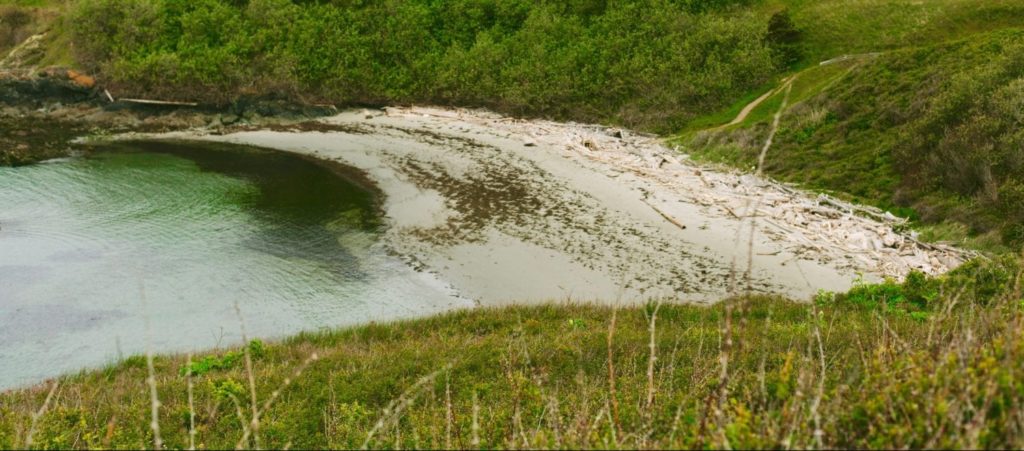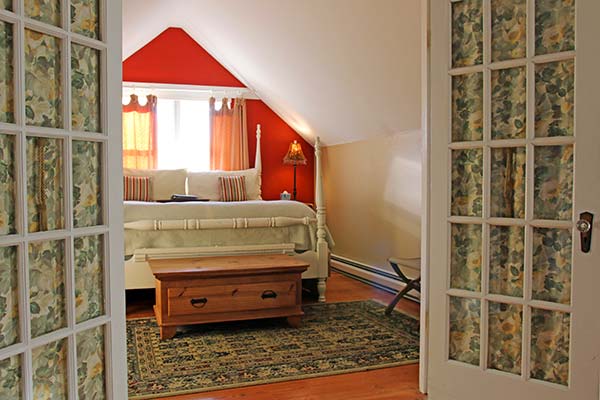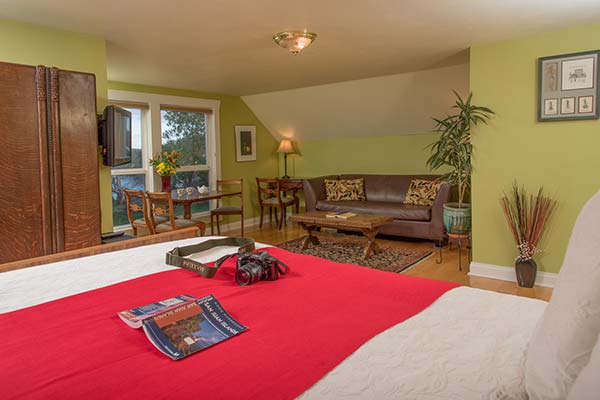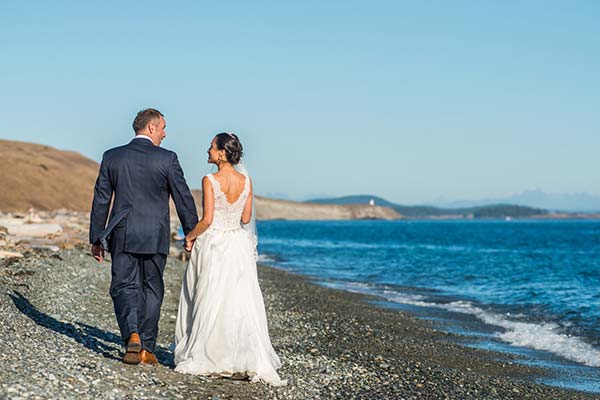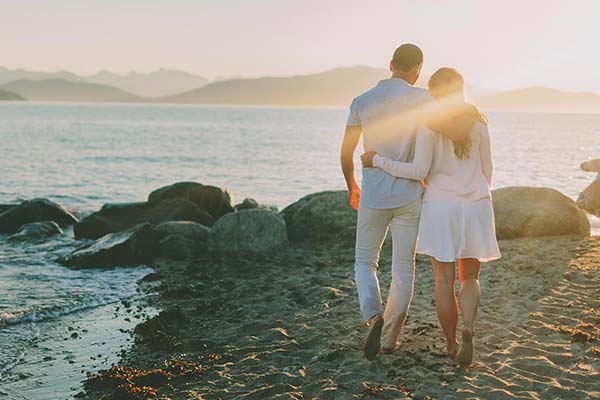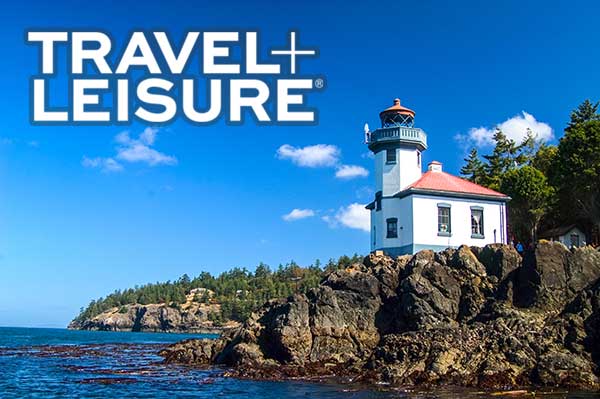Content and photos by Jennifer Furber published July 11, 2017
The best part of San Juan Island is the abundance of public beaches. Sometimes it’s hard to choose from rocky shores, secluded sandy coves, and driftwood coasts. About five miles from the Harrison House Suites is my favorite beach. Grandma’s Cove is in San Juan’s largest park and within the historic site of San Juan Island’s American Camp National Historic Park.
American Camp is about five miles from town, towards the south end of the island. It’s the historic home to US soldiers during the US/British occupation of the mid-1800s. This occupation took place during the Pig War, a boundary dispute over the ownership of the island. Adjacent to the parking lot, there’s an interpretive center with a great selection of historic books and artifacts found over the last hundred years, as well as Native American cultural artifacts like harpoon points and shell pendants.
American Camp is open daily, 8:30 a.m. – 5:00 p.m.
How to Get to Grandma’s Cove

A short walk down the trail is a flagpole that stands on the site of the original Army flagpole. Continue through the treeless prairie and the historic army buildings that consist of a restored farmhouse, former laundress’s quarters and a huge picket fence. Along the way, keep your eyes up to see terns, gulls, bald eagles, and yellowlegs.
Grandma’s Cove is a beautiful arc of land that rises up in sharp rocks and meets the ocean in a large stretch of sand, especially at low tide. It consistently has the best sea glass in greens and fogged-white and even the coveted dark blue sea glass. The water is part of the Straits of Juan de Fuca, which separates San Juan Island from the Olympic Peninsula. You can see the snow-capped Olympic Mountains from across the straits. In the distance to the right is Vancouver Island of British Columbia.
Why You Sometimes Hear it Called Granny’s Cove
Not long ago, a matriarch of our local orca population passed away. Her name was Granny and her decades-long presence caused many islanders to refer to this beach as Granny’s Cove. But as I’ve recently learned, this cove has a different namesake. The waters to the left foreground cover a shallow underwater ridge referred to as Salmon Bank. The ridge extends 1.75 miles into the straits.
Archeological research indicates an Indian summer village stood above the beach for 2,700 years. The village became a famous place for preserving and catching fish. In 1850, the Hudson Bay Company (the island’s first trading business) built a fishing station consisting of a shed and vats for salting fish. The Native Americans, who exchanged sixty fish for one blanket, caught the fish. Two to three thousand barrels of fish were salted, packed, and shipped annually. As islanders began to settle, the elderly tribal women were mainly the ones packing and salting the fish and, thus, this cove became known as “Grandma’s Cove.”
Tell Us What You Think!
After your day of adventuring, we love to hear all of your tales! So once you have visited Grandma’s Cove, be sure to tell the team at the Harrison House Suites all about your outing. And, if you are staying at our sister property, the Tucker House Inn, the other guests at the breakfast table would love to hear about your trip to grandma’s cove as well.

